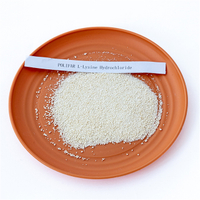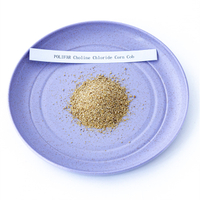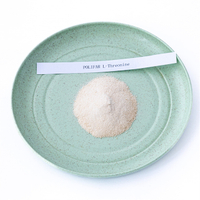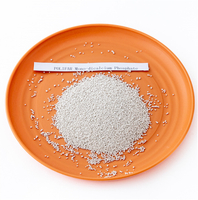Views: 12 Author: Site Editor Publish Time: 2020-08-30 Origin: Site








Calcium phosphate in feed is usually made from phosphoric acid waste liquid. It is gray or brown and has an odor. After defluorination treatment, it is called defluorinated calcium phosphate. It is an off-white or dark brown powder, containing more than 29% calcium, 15% to 18% phosphorus, and 0.12% fluorine.
Features of organic calcium and chelated calcium
Different types of calcium phosphate
Why use calcium phosphate?
The general calcium sources in feed include inorganic calcium, organic calcium and chelated calcium. Chelated calcium is very rarely used in today's feed formulations, so we won't go into too much detail here. Calcium is a metal element, and calcium is an inorganic substance. Inorganic calcium is the calcium element combined with inorganic matter, organic calcium is the calcium element combined with organic matter; inorganic calcium mainly includes stone powder, light calcium carbonate, calcium phosphate, etc., and organic calcium mainly includes calcium formate, lemon Calcium acid, calcium lactate, calcium gluconate, etc. Inorganic calcium, its advantages, the biggest advantage is that it has a particularly high calcium content, one of its disadvantages is that it requires the involvement of gastric acid to absorb; organic calcium has the advantage that it is relatively better for animals to absorb it because it is dissolving The process does not require the involvement of gastric acid.
Including mono calcium phosphate, dicalcium phosphate and triphosphate. Mono calcium phosphate is also known as calcium dihydrogen phosphate or superphosphate. The pure product is a white crystalline powder containing about 22% phosphorus and about 15% calcium. The utilization rate is better than that of dicalcium phosphate or tricalcium phosphate. Dicalcium phosphate is also called dicalcium phosphate. It is a white or off-white powder or granular product. It contains more than 18% phosphorus and 21% or more. Feed grade calcium hydrogen phosphate should be defluorinated. That is 0.18%. Tricalcium phosphate is also called calcium phosphate. The pure product is white odorless powder.
Calcium is an activator and stabilizer of various enzymes, especially digestive enzymes and cellulases, and plays a key role in improving the degradation efficiency of roughage degradation agents (a product mainly composed of enzymes). At the same time, calcium can also protect the enzyme activity in the roughage degradation agent, so that the enzyme activity is less affected by external factors, such as environmental dielectric and polarity, and is also an important pH buffer element in the environment. One, and stable pH is an important guarantee and prerequisite for the enzyme to exert its maximum efficiency. At the same time, calcium can also reduce the sensitivity of the enzyme activity to temperature.
Phosphorus is one of the indispensable promoter elements in the growth and reproduction of microorganisms, and plays a key role in activating the activity of microbial cells. Phosphorus promotes the division of microbial cells, promotes the speed of cell RNA and DNA production, and promotes cell division. Factors such as the rate of production of hormones to promote cell division, thereby enhancing the vitality of microorganisms. Phosphorus is also an important element in the process of obtaining energy during the growth and reproduction of microorganisms. The efficiency of microorganisms in obtaining energy through oxidative phosphorylation is the highest. In this process, the role of phosphorus is indispensable, even under anaerobic conditions. In the process of non-oxidative phosphorylation, phosphorus also plays an important role in energy conversion.
Therefore, the addition of superphosphate in fermented feed has a very important role, which can not only promote the fermentation speed and improve the quality of fermentation, but also effectively improve the nutrition of fermented feed, and make fermented feed more conducive to animal absorption. Therefore, when fermenting dregs feed containing very little calcium and phosphorus (such as potatoes and starch residues), it is best to add calcium hydrogen phosphate or phosphate fertilizer, so that the fermented feed can achieve the best feed effect.
Please contact Polifar when you have any demand.
content is empty!






